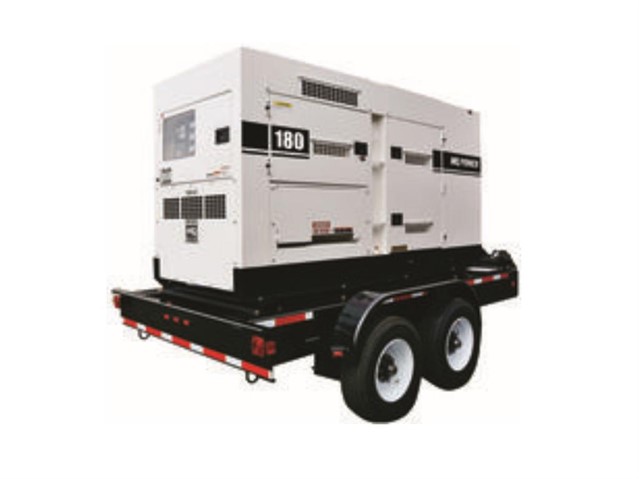How to Implement Emergency Response Training at Your Business
As a business owner, you might be dragging your feet when it comes to creating an emergency response plan. Because many things about starting or running a business aren’t simple, you may believe that creating an emergency response plan is a complex process. It can actually be very straightforward—but more importantly, crucial to your business and your employees’ safety.
If your company has under 10 staff members, then OSHA regulations require you need only address your plans verbally to your staff. Of course, it’s still better to get things down in writing.
A critical part of an effective emergency response plan is staff training. You may be unsure as to how you can go about this, so this article is going to take a look at some different ways you can implement emergency response training at your business.
Identify Key Staff Members
Get to know your staff and make assessments on their strengths, weaknesses and suitability for the different roles of your plan, like first aid and communications.
By targeting the perfect staff members for the roles you require, you help ensure that the staff members selected will excel at their positions should they ever need to step into action. Selecting a few key members of staff also helps to keep training costs down.
Once he or she has been trained, you could even ask your staff member to give a speech to other employees about what they have learned. This not only helps reaffirm the knowledge they have gained through training, but informs other staff members too.
Group Training
It is important that all staff members are aware of the emergency response plan. A great way to do this is by designating one morning meeting every two months for group training in which you discuss the plan and answer any questions about it. One meeting you may discuss the plan for a fire, and in another you may discuss the plan for a tornado.
Webinars and Online Learning
There are a variety of different ways to learn online: e-courses and webinars are a few examples of the great things the internet has to offer. This saves money on training and also democratizes the process as it makes training accessible to all employees.
Including online training as part of the onboarding process is a good way to make sure that everyone has completed their training and is on the same page.
Practice Drills
While your staff may moan and groan about regularly-scheduled practice drills of the emergency response plan, the importance of drills shouldn’t be overlooked. By physically enacting the plan on a regular basis you not only get staff familiar with the ins and outs of the plan, but also have a chance to spot any weaknesses in your plan.
Also make sure staff understand how to use the different materials that are part of your plan. Ensure they can each operate the weather radio, know how to use a fire extinguisher and can start up your secondary power source.
If you do not have a secondary power source, Allied Rental Company has an affordable and reliable selection of generators available for rental for all companies. Check out our website or give us a call to speak with one of our friendly and experienced staff members.

